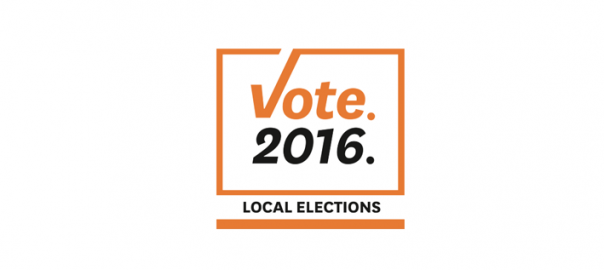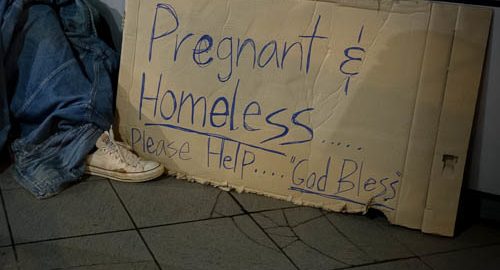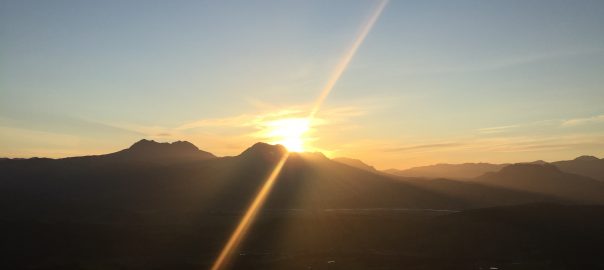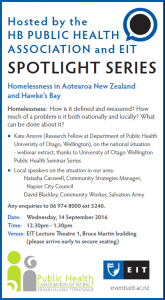Child Poverty Action Group and associates show from a recent study that more advocacy is needed at the coalface for those in need of financial support, especially for families with children who have disabilities and chronic illness. See www.cpag.org.nz for more information.
All posts by Manu Caddie
Honouring the Treaty in Health Services
The Health Promotion Forum / Runanga Whakapiki Ake i te Hauora o Aotearoa has worked with the Auckland University of Technology to produce a paper, Realising the rhetoric: Refreshing public health providers’ efforts to honour Te Tiriti o Waitangi in Aotearoa, New Zealand. The authors indicate that we have a way to go to address ongoing inequities for Māori. Refer www.hauora.co.nz
Increased stress on community groups
Hui E! reports on a recent survey conducted by ComVoices that shows that the stresses on our community organisations are increasing. A survey of over 280 community organisations shows that they are experiencing greater demand for services and are dealing with greater complexity, but with less funding from government and a greater reliance on alternate funding sources. Refer www.huie.org.nz
High poverty & inequality is not-so-new normal
NZCCSS comments that high poverty and inequality is the not-so-new normal. That is the conclusion to take from the latest poverty and inequality data released on 8th September in the Ministry of Social Development’s Household Incomes in New Zealand 2015 report.
BOP local politicians views on inequality
Closing the Gap have followed up their survey for the local body election with results and equality-related promises for successful candidates for the Bay of Plenty councils. Refer www.closingthegap.org.nz for the survey results.
Māori Public Health
Public Health Association: The PHA is hosting an afternoon on the 3rd November on Māori public health, to celebrate and reflect on what has been achieved, and to share your ideas and visions for the future. For more details see the PHA October Bulletin.

Local Candidates Survey Results: Western BOP
Here are the results of a survey sent to all local body candidates in the Western Bay of Plenty area as an example of what can be done to canvas candidates views on and commitment to reducing inequality.
For ideas and information on creating and reporting on local candidate surveys click here.

Homelessness in Aotearoa NZ and Hawkes Bay
For more information visit: www.pha.org.nz

The region where people die at twice the rate of the rest of NZ
A new report commissioned by Ngati Porou Hauora was released at a hui at Te Puia Hospital earlier this week. The report titled the “Ngati Porou Hauora Health Dashboard” reveals some startling information about the health status of the resident population within the rohe of Ngati Porou. It chronicles the perilous state of health for whanau living between Hicks Bay in the north and Kaiti in Gisborne.
The report found that the Ngati Porou rohe has a high needs, rural population who die younger than any other population group in NZ and suffer more through co-morbidity factors on the way to an early death.
Other findings include:
- The avoidable death rate in the Ngāti Porou rohe is slightly more than twice (107% higher) the rate in New Zealand as a whole, and about 10% more than Tairāwhiti. It has the highest rate of avoidable death in the country.
- 91% of Ngāti Porou rohe population lives in very deprived areas (NZDep deciles 9 and 10) compared to 52% of Tairāwhiti DHB, and 20% of NZ.
- 100% of the coastal NPH population is classified as rural, the majority is classified as highly rural according to the definition of rurality (Statistics New Zealand), and 99% of these areas are very deprived in terms of socio-economic conditions
- In Census 2013, Māori made up of 70% of the population in Ngāti Porou rohe.
- NPH has one of the highest proportions of Māori in the Primary Health Organisations (PHO) enrolments in NZ (88% of NPH patients are Māori compared with 15% Māori in the total New Zealand PHO enrolment).
- The households in the Ngāti Porou rohe receive a much lower average equivalised income ($38,700) at about two-thirds of the New Zealand average income level ($57,800).
- Young people who are not in education, employment or training are at greater risk of a range of negative outcomes including poorer health, depression or early, unplanned parenthood. The Census 2013 figure for 20-24 year old youth at 37.2% for Ngāti Porou rohe is more than twice as high as the New Zealand average (15%).
Chairman of Ngati Porou Hauora, Teepa Wawatai, believes this in unacceptable and “is an indictment on health policy and funding particularly in areas of high need.”
Download the full report here and read the recommendations for action on public policy changes.

Local Government election material
Closing The Gap has produced material with suggestions as to how you might influence your local body elections to promote the reduction of inequality.
You can access the resources here.
